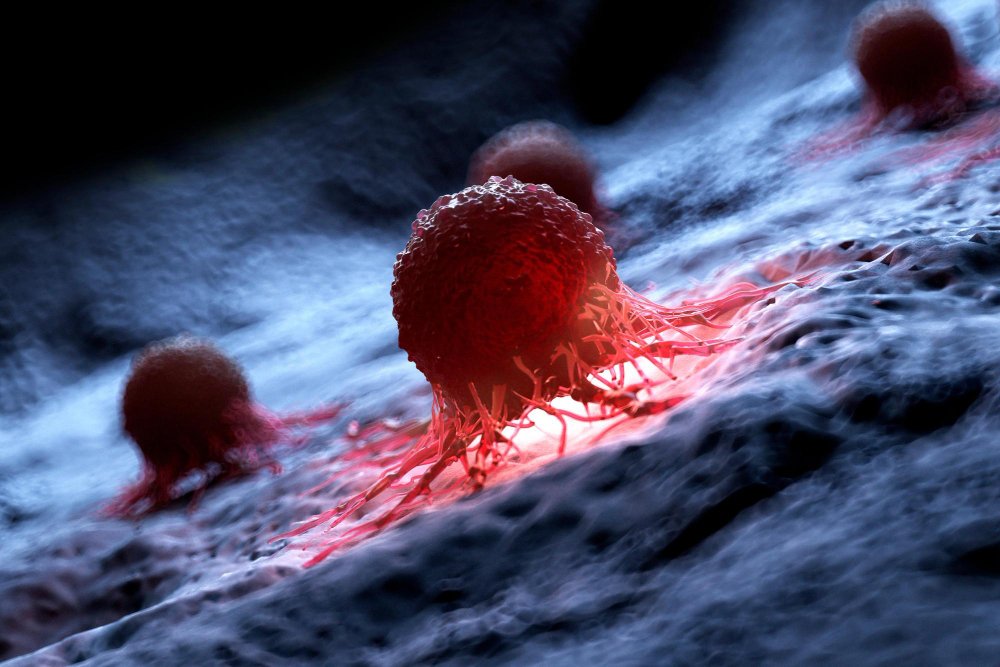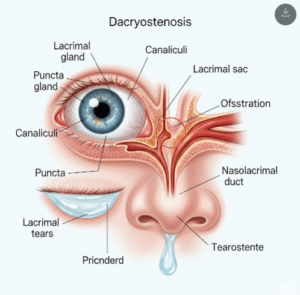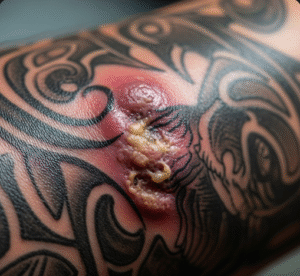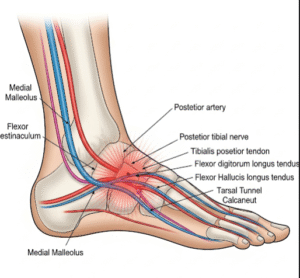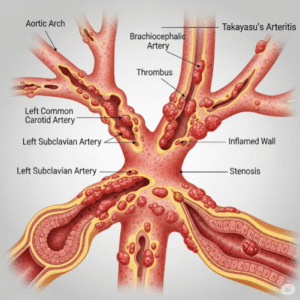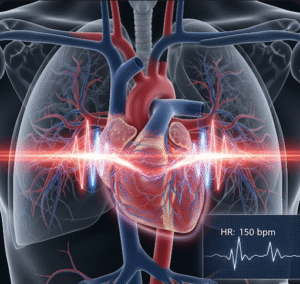Overview
Wilms Tumor, also known as nephroblastoma, is a rare kidney cancer that primarily affects children, most commonly between the ages of 2 and 5. It typically involves one kidney but can occur in both (bilateral Wilms tumor). With early detection and treatment, Wilms Tumor has a high cure rate, making prompt diagnosis and care essential.
What is Wilms Tumor?
Wilms Tumor is a malignant (cancerous) tumor of the kidney that arises from immature kidney cells (nephroblasts). It develops during early childhood and is the most common type of kidney cancer in children. Though the exact cause is often unknown, some cases are linked to genetic syndromes or mutations. Wilms Tumor can grow rapidly but is usually detected before it spreads, thanks to its typical presentation as an abdominal mass.
Symptoms
Symptoms of Wilms Tumor may vary but commonly include:
- Abdominal swelling or a palpable mass
- Abdominal pain or discomfort
- Blood in the urine (hematuria)
- Fever
- Nausea or vomiting
- Loss of appetite
- High blood pressure (due to effects on kidney function)
- In some cases, symptoms are minimal, and the tumor is found during a routine check-up
Causes
The exact cause of Wilms Tumor is often unknown, but it is thought to result from genetic changes affecting kidney development during fetal growth. These mutations can lead to uncontrolled cell division and tumor formation.
Known causes include:
- Mutations in the WT1 or WT2 gene on chromosome 11
- Abnormalities in the IGF2 (insulin-like growth factor 2) gene
- Some cases occur as part of genetic syndromes (e.g., WAGR, Denys-Drash, Beckwith-Wiedemann)
Risk Factors
Several genetic and environmental factors can increase the risk of Wilms Tumor:
- Family history of Wilms Tumor
- Congenital anomalies, such as:
- Aniridia (absence of the iris)
- Genitourinary malformations
- Hemihypertrophy (one side of the body larger than the other)
- Genetic syndromes:
- WAGR syndrome (Wilms tumor, Aniridia, Genitourinary anomalies, Retardation)
- Beckwith-Wiedemann syndrome
- Denys-Drash syndrome
- More common in African and East Asian populations
Complications
If untreated or diagnosed late, Wilms Tumor can lead to serious health complications:
- Metastasis, particularly to the lungs or liver
- Kidney failure, especially if both kidneys are involved
- Surgical complications
- Radiation or chemotherapy side effects, such as infertility or secondary cancers
- Tumor rupture, which can spread cancer cells
- High blood pressure due to kidney involvement
Prevention
There is no known way to prevent Wilms Tumor, especially in sporadic cases. However, in children at increased risk due to genetic conditions or family history:
- Regular ultrasound screenings can help detect tumors early
- Genetic counseling and testing may be recommended for high-risk families
- Monitoring for abdominal swelling or unusual symptoms in early childhood
Treatment Options in Korea
South Korea offers comprehensive, highly advanced care for childhood cancers, including Wilms Tumor. Treatment typically involves a multimodal approach tailored to the child’s stage and tumor characteristics:
- Surgery (nephrectomy) – removal of the affected kidney
- Chemotherapy – pre- and post-operative to shrink tumors and destroy remaining cancer cells
- Radiation therapy – used for advanced or high-risk cases
- Minimally invasive surgery in specialized centers
- Supportive care – for managing side effects, nutrition, and psychological well-being
- Regular follow-up imaging and lab tests to monitor recurrence
Major pediatric oncology centers such as Seoul National University Children’s Hospital, Asan Medical Center, and Samsung Medical Center provide world-class diagnosis, treatment, and family-centered care. Korea’s high survival rates for Wilms Tumor reflect its commitment to early detection, expert surgical techniques, and state-of-the-art cancer therapies.

